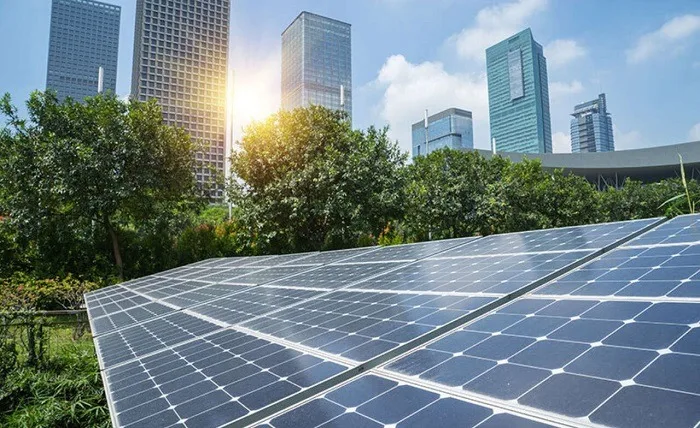Switching to solar energy is a wise decision for any commercial building in Australia. By installing a commercial solar system, you can significantly reduce energy costs, lower your carbon footprint, and contribute to a sustainable future. If you own and occupy your commercial premises, the benefits are considerable. Even if you don’t occupy the building, you make the premises far more attractive for tenants, which leads to higher rental yields.
However, the installation process can seem complex if you’re unfamiliar with it. Of course, when you hire professionals to assist with installation, they should help you every step of the way. But this comprehensive guide will walk you through the step-by-step commercial solar system process, helping you make informed decisions and ensure a smooth installation.
Assessing Your Energy Needs
The most important thing to do before any solar installation, commercial or otherwise, is to understand your energy consumption. You need to know how much the building uses and, ideally, at what times of day to accurately assess your needs.
Evaluate your current energy usage, peak demand, and identify areas where energy efficiency improvements can be made. This analysis helps to determine the size and capacity of the solar system required to meet your energy requirements effectively. Check out these powertochoose complaints and why people are changing their electricity provider.
Remember, if your system doesn’t have the right capacity, you may not produce enough to handle your energy needs. While you’ll still benefit to an extent, you may not get maximum value for your investment.
Designing the System
Many people think that commercial solar installations require solar panels to be set up. But it’s a lot more complex than that. Your solar professionals will conduct a site visit, assess the roof’s condition, orientation, and shading, and design a system that maximises solar energy generation.
Solar mapping software is used to design your system. Depending on the size required, there may be special requirements from the energy distributor too, which is another reason to always work with professionals. The design should consider the specific energy needs of your establishment and adhere to local regulations and standards. Remember that permits may be required for systems of a certain size.
Installation and Equipment Setup
Once the design is finalised, the installation process can commence. Experienced solar technicians will handle the installation, which involves mounting solar panels on the roof, connecting wiring, and configuring inverters and other system components.
Unlike standard residential solar installations, roof access can be a major undertaking for commercial structures. Cranes or cherry pickers may be required, which, again, may require permits from the local council. As with any type of construction, ensure that your installers are aware of all safety protocols to protect themselves from injury and you from lawsuits in the case of injury.
Grid Connection and Testing
After the installation of solar panels and other components, the solar system needs to be connected to the grid. There is a common misconception that installing solar removes your need for a grid connection and electricity retailer. However, unless you install considerable battery storage to cover all of your energy needs, you still rely on the main grid for the evenings and other times when the sun isn’t shining.
This step involves coordinating with your electricity retailer and having a meter installed to measure energy export and import. Once connected, the system undergoes thorough testing to ensure proper functioning and compliance with safety standards.
Monitoring and Maintenance
Once your commercial solar system is operational, monitoring and maintenance schedules should be arranged. Regular monitoring allows you to track energy production, identify any performance issues, and optimise system efficiency. For example, if your system isn’t meeting your energy needs, adjustments may be required, such as additional solar panels or an inverter with a higher capacity.
Work with your solar provider to establish a maintenance schedule, which may include panel cleaning, inspections, and addressing any repairs or component replacements. Like any piece of infrastructure, solar energy systems are not exempt from troubles. But with regular maintenance, building owners can identify minor issues before they turn into larger, more expensive problems.
Reach out to a reputable solar provider today and start the process of installing a reliable and efficient commercial solar system. Not only will you save on energy costs, but you will also make your commercial property more appealing, increasing its value and making you money in the long term.



